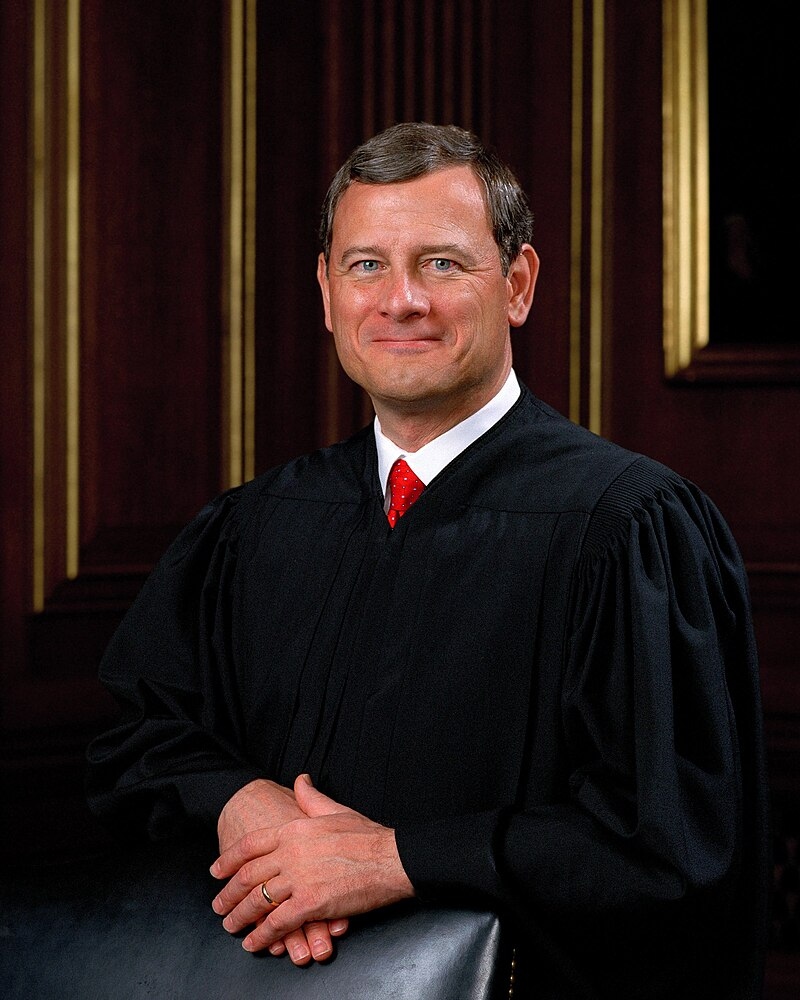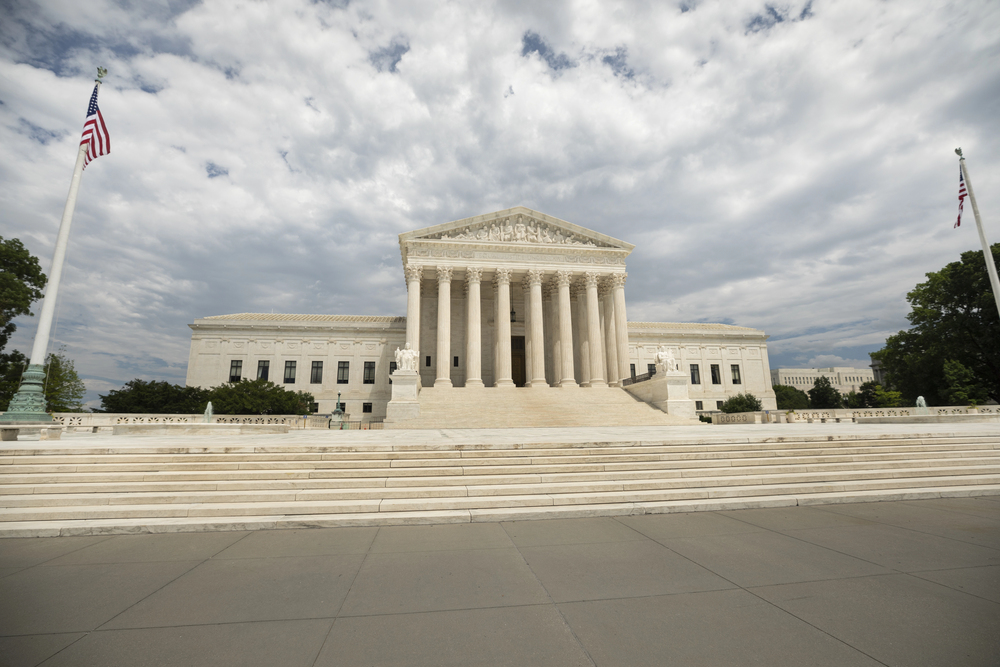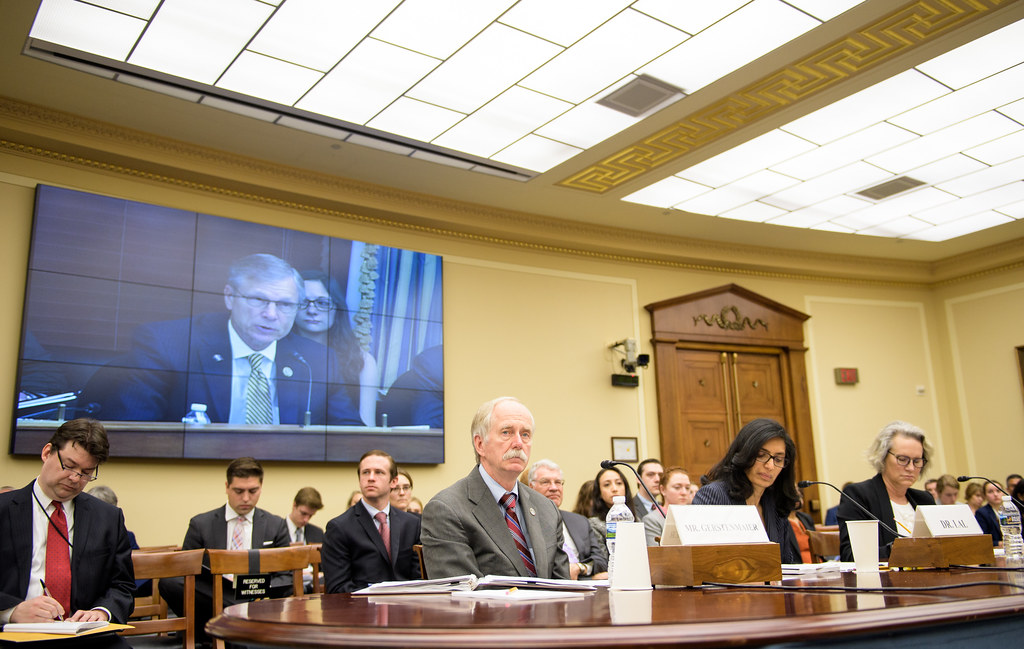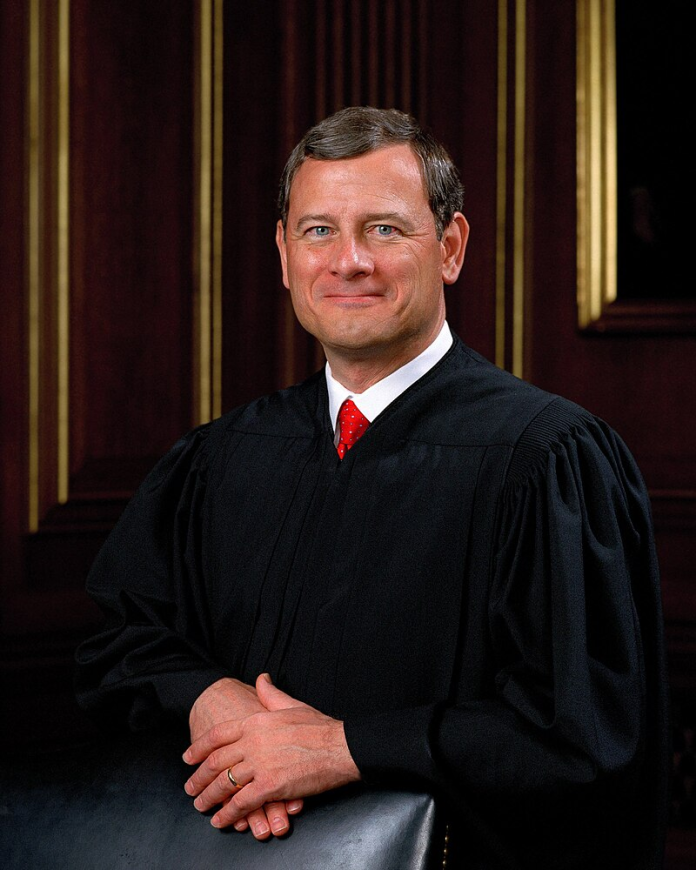
Who would have imagined the fate of half a billion in biomed research balancing on a half-sentence Supreme Court order? In a closely divided 5-4 decision, the Court allowed the Trump administration to proceed with cancelling $783 million in National Institutes of Health grants tied to diversity, equity, and inclusion (DEI) programs, a move with far-reaching implications outside the labs it affects.
At the drama’s centre was Chief Justice John Roberts, who sided with the Court’s liberal justices in dissenting in warning against lifting a freeze by a lower court while litigation is ongoing. The ruling is a turning point in the decades-long battle over how far executive power can reach into the nation’s scientific enterprise, and it illuminates deep fault lines regarding the Court’s exercise of its so-called “shadow docket.”
This decision is not just about one set of grants. It is a tinderbox in an effort to reshuffle federal science funding, redefine the boundaries of judicial intervention, and tip the scales between political agendas and scientific integrity. Here are seven of the most revealing aspects of this emerging narrative.

1. The Supreme Court’s Narrow but Pivotal Ruling
In August 2025, the Court voted 5-4 to reverse a lower court injunction that had blocked NIH from cancelling hundreds of ongoing grants. The unsigned order invoked an earlier case, Department of Education v. California, to decide that challenging grant cancellations should be in the Court of Federal Claims under the Tucker Act, not in district court under the Administrative Procedure Act (APA). Justice Amy Coney Barrett cast the deciding vote for the split decision, allowing the terminations to proceed while upholding the invalidation of NIH’s internal guidance documents by the lower court.
Roberts, and Justices Sotomayor, Kagan, and Jackson, argued that vacating the guidance and the resulting terminations were within the authority of the district court. For him, it was disingenuous to bifurcate the two because the terminations were a direct product of the guidance. Jackson further said that the majority method was “a bizarre claim-splitting regime” that forces plaintiffs to undertake a “likely futile, multivenue quest.”

2. Blow to DEI-Related Research
The scuttled projects address urgent areas of public health cancer, infectious disease, and maternal mortality, with one caveat: they all involve DEI-related objectives or study excluded populations. An example is a $2.4 million Black maternal health research project at the University of North Carolina at Chapel Hill, cut short. In his district court ruling, Judge William Young observed the NIH’s abrupt deployment reflected “no reasoned decision-making at all.”
For other researchers, the loss is more than dollars. It disrupts longitudinal data collection, dismantles research teams, and undercuts confidence in the stability of federal support. As Jenna Norton of the National Institute of Diabetes and Digestive and Kidney Diseases put it, “The trust and certainty that is so critical to successfully conduct research has been completely obliterated by this ruling.”

3. The Executive Orders Feeding the Cuts
The grant cancellations are the outcome of a series of executive orders issued at the beginning of 2025, such as “Ending Radical and Wasteful Government DEI Programs and Preferencing” and “Defending Women from Gender Ideology Extremism.” The orders instructed agencies to close down DEI programs, cut related requirements in grants, and prefer what the administration calls “Gold Standard Science.”
The orders also adhere to a broader initiative to restrict indirect cost recovery to 15%, a move that physician groups assert will dismantle the financial infrastructure underpinning U.S. biomedical research. In a collaborative letter endorsed by over 40 medical societies, “Once dismantled, these funding structures will not be easily restored.”

4. Centralising Grant Oversight in Political Appointees
A sweeping August 7 executive order, Improving Oversight of Federal Grantmaking, takes discretionary grants away from career professionals and puts them in the hands of senior-level political appointees. Peer review is not gone, but solely as an advisory phase; ultimate approvals are to be aligned with administration priorities. The order mandates termination-for-convenience clauses in every grant, giving agencies broad latitude to terminate awards in process.
It is argued by critics that this politicises the decisions on funding and undermines the stability that multi-year research entails. Institutions with greater overhead costs, usually large research institutions, are more likely to be subject to cuts, which pushes them to transfer infrastructure costs to others or abandon projects.

5. The Shadow Docket’s Increasing Role
The NIH decision fits into a pattern: the Trump administration has sought emergency Supreme Court intervention 23 times since January, and prevailed 17 times. Many of those decisions are accompanied by little more than a sentence or two, not allowing lower courts or plaintiffs to know what to do next. As one federal judge told NBC News, “Judges in the trenches need, and deserve, well-reasoned, bright-line guidance.”
Justice Jackson condemned the Court’s “half paragraph of rationale” in the NIH case, warning that it transforms a statute intended to limit unreflective agency action into “a gauntlet rather than a refuge.” The obscurity fuels accusations that the Court is enabling the administration’s swift policy reversals without sufficient legal scrutiny.

6. Legal and Practical Barriers to Challengers
By sending grant termination disputes to the Court of Federal Claims, the ruling creates substantial procedural and expense barriers. That court can award money damages, but not reinstatement, of particular importance to researchers who depend on continuity. Past cases, such as the Affordable Care Act’s risk corridors suit, show that successful claims, even, can take years, generally too late to salvage affected programs.
This two-track litigation also risks disconnecting claims with common relationships among courts, increasing expense and complexity. As Justice Barrett saw, plaintiffs “cannot necessarily sue the government in two forums at the same time.”

7. Broader Implications for Science and Public Health
NIH reductions are part of a larger federal restructuring of health and science funding, affecting agencies ranging from NASA to the Department of Energy. DEI offices have been shut down, inclusion requirements eliminated from grant eligibility, and politically charged research deprioritised. The Bethesda Declaration, signed by nearly 40,000 scientists and health professionals, warns that political intervention is undermining scientific integrity.
For populations relying on evidence-based interventions from HIV prevention to maternal health, the implications are short-term and profound. As House Science Committee Ranking Member Zoe Lofgren stated, “We cannot lead in science and innovation if we do not enable everybody to reach for a seat at the table.”

8. The Indirect Cost Cap Controversy
The 15% indirect-cost recovery limit, advocated by the administration, could destabilise the research community. Indirect costs pay for such necessities as lab maintenance, compliance, and administrative services. Universities warn that no major research institution can survive under such a limit without cutting staff or programs.
Medical leaders respond that the policy would disproportionately damage clinical trials, which are high-investment infrastructure. “The collateral damage of this policy will be profound and generational,” the joint letter to NIH leaders cautioned.

The Roberts dissent in the NIH funding case underscores a widening rift over how the Supreme Court handles politically charged controversies on its emergency docket. Beyond the machinery of the law, the decision accelerates a shift toward centralized political authority over federal science policy and away from stability that research of a complicated sort demands. For citizens, scientists, and legislators, the outcome is a reminder that the fabric of American research woven over decades can be unwound in a matter of months, and that the courts’ tendency to second-guess such decisions is anything but assured.


